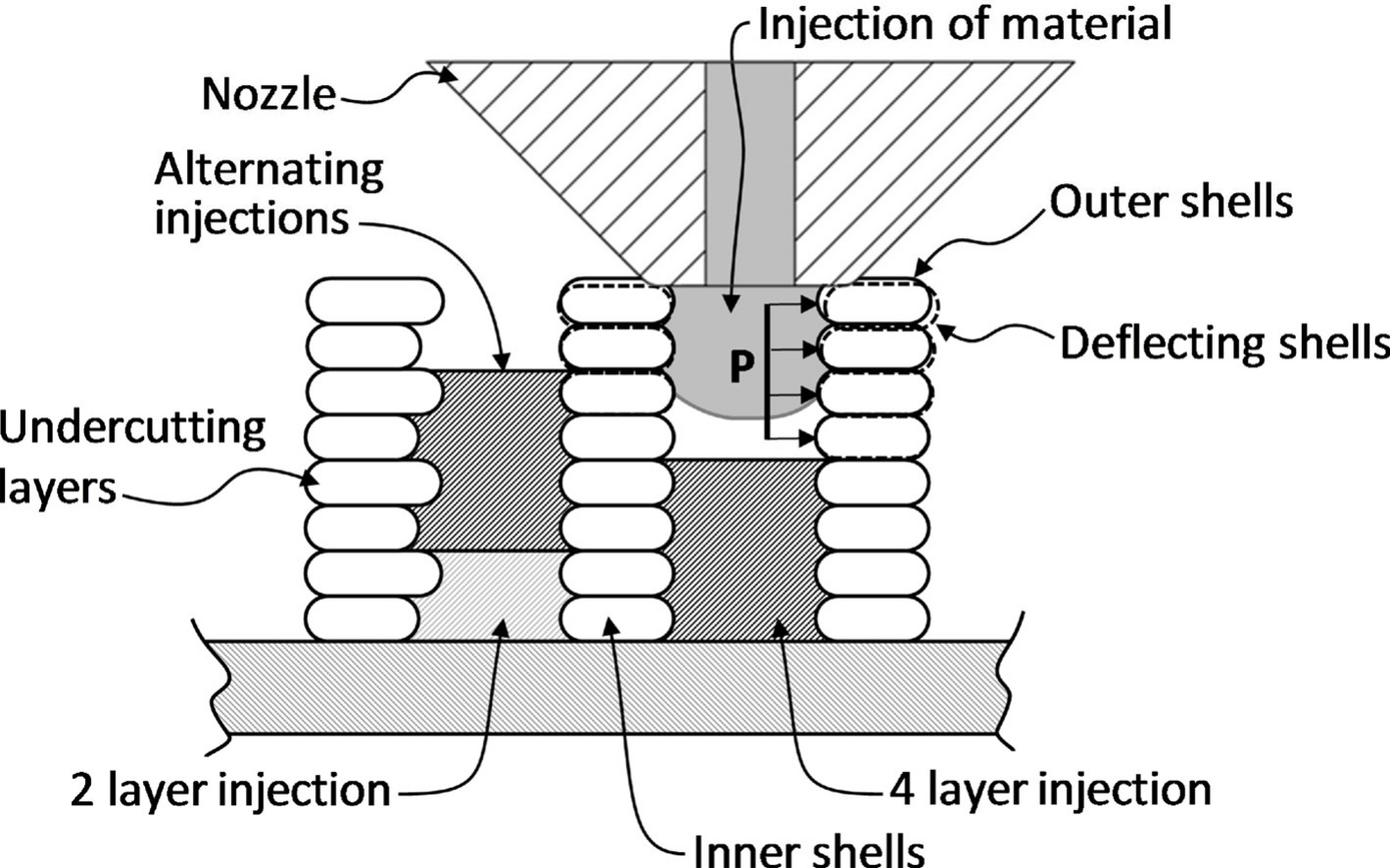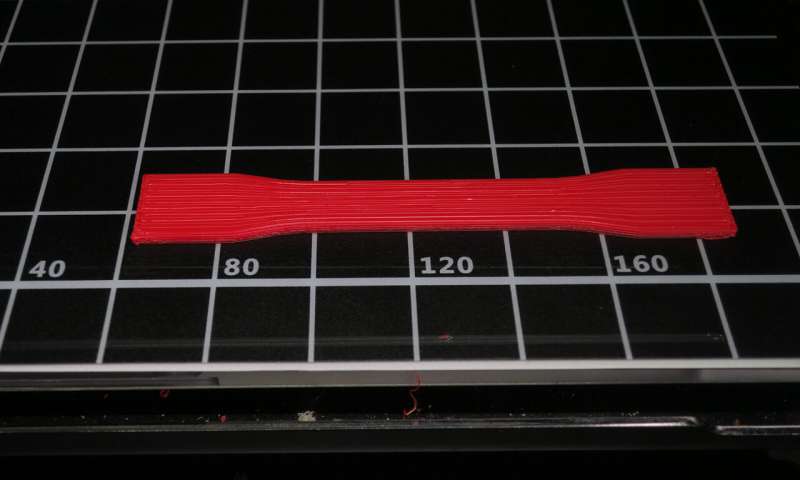One of the greatest benefits that 3D printing can offer in the fabrication of high-performance parts is speed. Users around the world continue to improve on this, reveling in both the ability to innovate like never before—as well as the rewards of cutting out the middlemen in manufacturing and tossing aside the reliance on traditional technology. This means that parts can be made exponentially faster. Conventional technology has not gone by the wayside whatsoever though and may be used with 3D printing or other hybrid technologies.
Companies like Denmark’s Addifab have been hailed for new methods like freeform injection molding (FIM), printing cavity inserts with resin, and then filling them with materials like PEEK, metal, and more. Meanwhile, other startups like Tennessee-based Collider have created the hybrid Orchid 3D printer for a similar process called Programmable Tooling. With digital light processing (DLP), they create molds that are then filled with material cartridges. Afterward, the shells and pipes are dissolved, leaving a clean, functional part behind.
Now, UMass Lowell researchers claim to have created a new 3D injection technology, detailed in “Injection printing: additive molding via shell material extrusion and filling.” With David Kazmer, a plastics engineering professor leading the project, the researchers set out to “mitigate the curse of dimensionality that plagues additive manufacturing” by using extrusion-based 3D printing with fine resolution to fill molds at high flow rates.
Ultimately, the goal is to fabricate more durable parts for applications like prosthetics and medical devices, as well as improving strength in parts for the aeronautics and automobile industry. The team has been working on the novel hybrid technology for 18 months, filling empty 3D printed molds with molten material. In comparison with conventional methods, they report an increase in speed that is three times faster.
“The invention greatly improves the quality of the parts produced, making them fully dense with few cracks or voids, so they are much stronger. For technical applications, this is game-changing,” said Kazmer in discussing the evaluation of research samples. “The new process is also cost-effective because it can be used in existing 3D printers, with only new software to program the machine needed.”
Samples were printed with ABS and evaluated in terms of tensile properties and impact resistance. Austin Colon, a UMass Lowell Ph.D. candidate in plastics engineering, teamed up with Kazmer for testing of the research specimens.
There were considerable improvements as stiffness, strength, and strain were increased respectively by 21%, 47%, and 35%. Limitations due to the 3D printer itself, mainly in melting capacity, were noted; however, the researchers concluded that injection printing has proven to be applicable and accessible for refining the quality of parts and speed in production.
It appears that the researcher’s process is more similar to Collider’s technology, in that printing and injection molding occur within the same printing procedure. This is in contrast to AddiFab, which performs injection molding separately using conventional injection molding systems once the shell has been printed. However, both Collider and AddiFab rely on digital light processing (DLP) to produce their shells, while this research describes a fused filament fabrication (FFF) process.
On the one hand, this may mean the potential to convert existing FFF printers into injection printing machines. On the other, DLP is known for much higher resolution prints and faster printing overall. Regardless of the trade offs, all of these methods would substantially increase the material possibilities for polymer 3D printing given the vast portfolio of injection molding materials already on the market. These are plastics most manufacturers are already comfortable with and would be used in a mass production scenario, meaning that these injection printing technologies could be used to more accurately prototype end parts than is possible with existing printing materials.
The researchers have filed a patent on the technology. Find out more by downloading the research here.
[Source / Images: Phys.Org]Subscribe to Our Email Newsletter
Stay up-to-date on all the latest news from the 3D printing industry and receive information and offers from third party vendors.
Print Services
Upload your 3D Models and get them printed quickly and efficiently.
You May Also Like
Making Space: Stratasys Global Director of Aerospace & Defense Conrad Smith Discusses the Space Supply Chain Council
Of all the many verticals that have been significant additive manufacturing (AM) adopters, few have been more deeply influenced by the incorporation of AM into their workflows than the space...
EOS in India: AM’s Rising Star
EOS is doubling down on India. With a growing base of aerospace startups, new government policies, and a massive engineering workforce, India is quickly becoming one of the most important...
PostProcess CEO on Why the “Dirty Little Secret” of 3D Printing Can’t Be Ignored Anymore
If you’ve ever peeked behind the scenes of a 3D printing lab, you might have caught a glimpse of the post-processing room; maybe it’s messy, maybe hidden behind a mysterious...
Stratasys & Automation Intelligence Open North American Tooling Center in Flint
Stratasys has opened the North American Stratasys Tooling Center (NASTC) in Flint, Michigan, together with automation integrator and software firm Automation Intelligence. Stratasys wants the new center to help reduce...




































